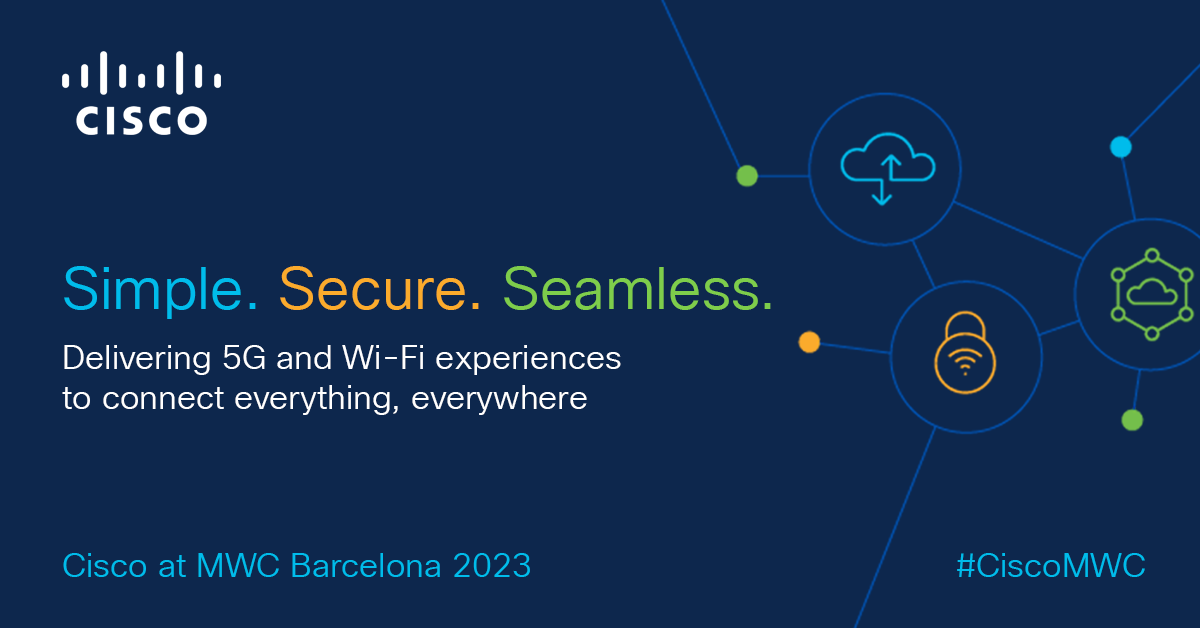There is, of course, a lot of buzz about 5G. Still in its early deployment stages, the next-generation mobile network should provide everything from faster bandwidth speeds and greater geographic coverage to super-low latency, meaning the time it takes for a sender’s request to travel to a receiver and back again.
At the same time, however, a great many challenges remain, from the difficulty that high-frequency waves can face passing through objects to the need for a large number of base stations.
For entrepreneurs, all of those benefits and stumbling blocks mean one thing: plenty of opportunity. So it might not be a surprise that a new ecosystem for 5G-focused startups is sprouting up, ranging from accelerators and incubators to an increasing number of fledgling ventures and other players.
See also: Comparing Wi-Fi 6 and 5G- it's more than a good connection
“There are all sorts of technical challenges and a lot of startups are trying to solve them in different ways,” says Scott Brown, executive director of UpRamp, a connectivity accelerator/incubator.
The ultimate prize is big: The 5G services market is expected to grow from $53.93 billion in 2020 to $ 123.27 billion by 2025, according to research firm MarketsandMarkets.
The accelerator landscape
Certainly, an important part of this new ecosystem is startup accelerators and incubators, most of which are connected to a big carrier or an industry group. While some are focused just on 5G, others are open to a variety of technologies, as well. The goal: to provide funding, mentorship and other support to startups trying to leverage 5G’s benefits and address its complexities.
Examples include Verizon’s 5G Labs, in which the company works with startups, as well as universities and other enterprises, to co-create and try out 5G concepts. Another is Ericsson Garage, an incubator for a variety of innovations related to Ericsson’s research and business; projects are intended to develop minimum viable products that serve as the foundation for future commercial endeavors.
And UpRamp is an incubator and accelerator run by CableLabs, a nonprofit R&D group for broadband and mobile cable operators. Launched four years ago and backed by 65 carriers and network operators, UpRamp has several programs, each aimed at a different development level, from seed to later stage.
“Our idea is to connect entrepreneurs to the most powerful networks in the world,” says Brown. “We want to drive innovation in the 5G future.”
See also: Music experiences transform with Wi-Fi 6 and 5G
For early-stage enterprises, Brown partners with such startup accelerators as Boomtown. The program for later-stage ventures, called the Fiterator, is a three-month non-residential program for three to five enterprises that have already built a product, raised funding or have customers. While an entrepreneur might typically go through a 24 to 36-month sales cycle before landing a deal with a mobile operator, through contacts made in UpRamp, that amount of time can be reduced to three months, according to Brown.
“We guarantee deals as the outcome,” says Brown. There also are nine venture groups formed by members such as Comcast and Liberty Global.
Startup activity
Startups in this space fall into a number of buckets. For example, some are developing software that help multiple antennas work seamlessly across a large area. Others are all about applications, like games or Internet of Things capabilities, that will benefit from 5G-powered networks. Still others focus on edge computing, a decentralized computing system that, unlike cloud computing, allows for data storage to be closer to the location where it’s needed, resulting in lower latency.
Case in point: Mutable, a New York City-based startup. Its technology is aimed at enabling edge computing applications across telecommunications and cable broadband infrastructure. Working with cable and telecommunications enterprises with existing data centers located near their customers, it is creating a platform through which these companies can link up with developers that want to tap decentralized servers in the edge system.
“We do all that work behind the scenes to make the process seamless,” says founder and CEO Antonio Pellegrino.
On the other hand, Boulder-based startup Teltoo focuses on live streaming video. While 5G technology will allow for faster networks, all those streaming videos still can cause bottlenecks, according to founder and CEO Pablo Hesse. Teltoo’s decentralized system is meant to address that problem by making it possible for videos to avoid going through a central server.
Another startup, Pivotal Commware, works with beamforming. 5G networks use waves that are not only very high-frequency, but also very short. But that makes it harder for them to pass through objects. Beamforming technology uses multiple antennas, thereby allowing signals to bounce off of objects. Pivotal’s holographic beamforming technology employs a low-cost, low-power antenna that shapes and steers beams in a way that allows for the reuse of frequencies, but also without their interfering with each other.
Pivotal’s technology is based on work by academic researchers and commercialized by the Invention Science Fund. The Bellevue, Wash.-based fund finds real-world applications for promising scientific research.
“They take what we call deep science bets,” says Pivotal CEO Brian Deutsch.
###
We welcome the re-use, republication, and distribution of "The Network" content. Please credit us with the following information: Used with the permission of http://thenetwork.cisco.com/.




